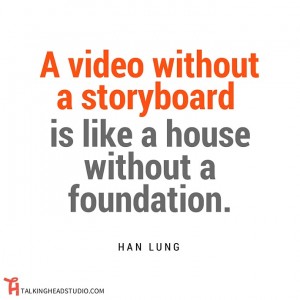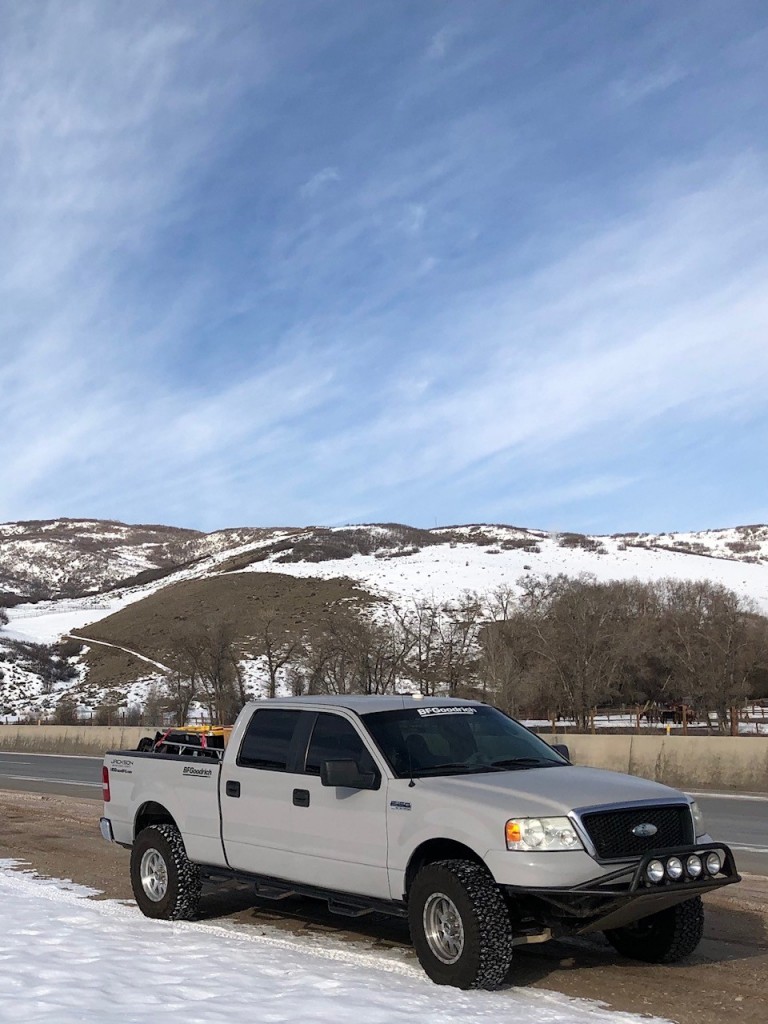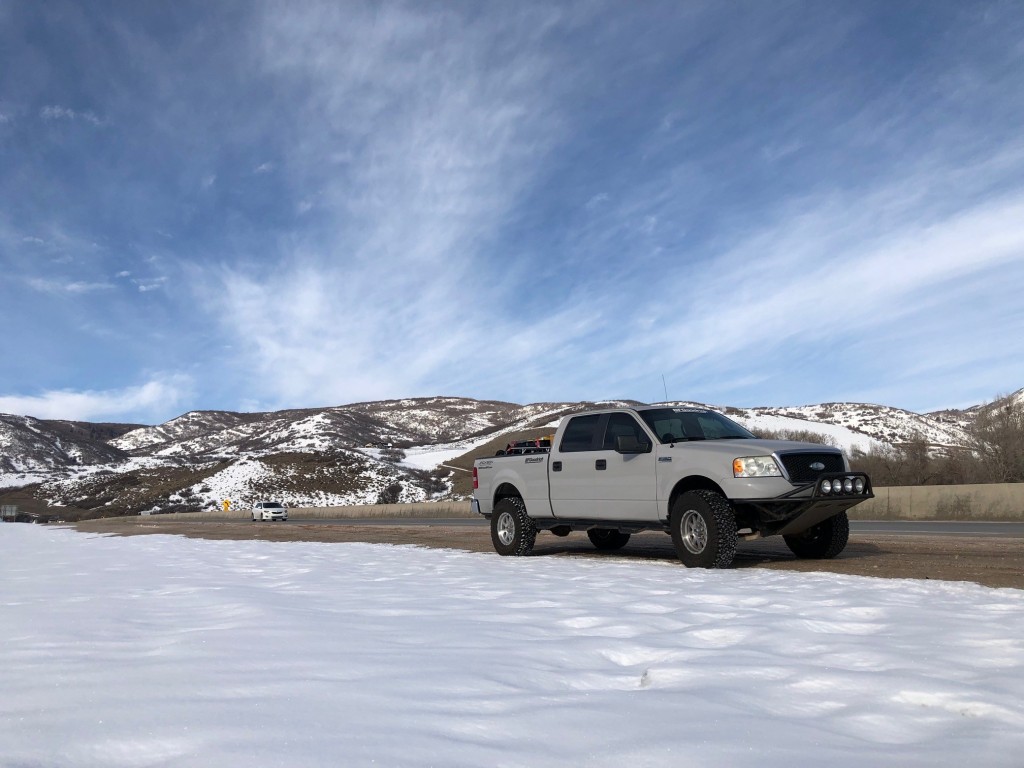I recently had the opportunity to drive across our great country, from California to South Carolina, and just as I entered the state of Utah, I decided to stop and buy a GoPro. I had never really played with video much before, but since this was my first time driving across our country, I figured I should document the trip with more than my phone’s camera.
I’m sure this sounds a little grandiose, but attempting to make a video from scratch to tell a story is a difficult task. It not only offers the viewer a peek behind a curtain but also, if done correctly, can draw them into a temporary setting. In fact, good video can help someone understand emotions while making them feel new ones. This suddenly places a lot of responsibility on you as a storyteller, who set out just wanting to share a video.
So, once I arrived back in S.C., I played with the preinstalled video editing software on my laptop and made a decent collage of video segments to showcase the various landscapes I had witnessed in my 3,500-mile trip. In doing so, I found that the process taught me a few lessons about communicating, failing, and being intentional that can be applied to both my professional and personal lives.
Communication
It doesn’t matter if you’re capturing a wedding, explaining how to repair a leaky faucet or building a sizzle reel to share a brand’s essence, there is always a story to tell and when attempting to do so, you quickly realize that you can’t leave it to the viewer to fill in any blanks. This, crazily enough, is also the case with our team members at work and our spouses at home. Communication doesn’t take place just because we’ve said something or shared something. Instead, communication takes place when the recipient understands what we desire them to know. This is true in both visual and audible communication and neither is easy if you’re trying to do them well. Additionally, and sadly, none of us communicate as well as we think we do. Producing a video, especially your first one, will teach you this rather hard lesson.
Willingness to F.A.I.L.
It is often said the First Attempt In Learning is a step that leads to progress, and John Maxwell has made a living reminding us that we all need to Fail Forward. Hence, I consider my effort to learn how to edit videos a forward step in both my personal and professional development because placing yourself on video, even if you’re an extrovert that enjoys speaking to crowds, can feel a little weird.
Pause, and remember what it was like the first time you sent a friend or a loved one a video message. Now, consider how awkward it would feel to place a camera or your phone at arm’s length in selfie fashion and share a message with someone you don’t know. Now do that while sitting on the side of an interstate to document what you’re seeing or in the early morning darkness of a hotel parking lot just before starting your day’s travels and the awkwardness grows exponentially.
This may come from the fact that we’re not used to talking aloud to ourselves much less documenting ourselves doing so. But more importantly, capturing these thoughts aloud with plans to share them can make you feel very vulnerable because, inevitably, someone you know and someone you’ve never met are going to criticize your effort.
Add this to the fact that you eventually realize in the editing process that your first attempt to build the visual story often falls short of your own standards and expectations and suddenly you have the foundation that forces you to learn to be comfortable in an uncomfortable situation. And, since growth and comfort are rarely found together, self-producing a video with a personal cameo appearance can quickly transform a part-time hobby into a virtual classroom for self-development.
The need to be intentional

I’d argue few, really good public speakers or really good storytellers ever achieve their master-level skills without being intentional about their tone, their cadence, their reflection and even their pause. Because, to be exceptionally good at speaking, you must be intentional about being intentional. I’ll share that again: We have to be intentional about being intentional.
This means prior to stepping on stage or taking center stage at a party, the greatest of greats have paused and thought about where they are going to pause. They have considered when and how they intend to make eye contact and even when they want to add humor. The same is true for videography and cinematography. A story is best scripted before it is ever attempted to be told and long before pressing the record button.
An intentional conclusion
I find these three points intriguing as they are prime examples of how leaders of companies, brands and teams must be strategic in their decision to be intentional. Strategy is certainly important in any environment, but in today’s C19 environment, it’s crucial. And if you’re not slowing down to decide what story you’re going to tell, which direction you’re going to steer your team, how you’re going to communicate, or even if you’re willing to fail, then you’re going to be beaten by the competitor who is pausing and being intentional about being intentional.
That said, if you need a good video, a good strategy, or a good video strategy, call me. I know a team that’s helping me and others be better at all three.
Photos from the road (all photos by Todd Steen)











